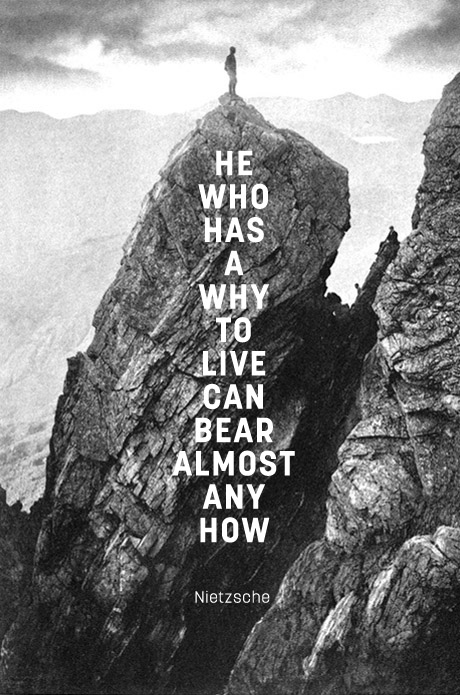I long to be like a sunflower...
Eternally happy and cheery
Quietly growing
Always reaching toward the heavens
Faithfully finding the light
Even when darkness and shadows abound.
It’s been a long time since I’ve written.
Work and managing three kids eLearning from home has taken most of my attention. I’ve had little time or energy to focus on much else.
To be honest, I’ve been struggling to find the words to describe the whirlwind of thoughts I have constantly swirling in my head. But when things start to feel overwhelming, it’s usually a sign I need to disengage from the world for a bit and focus on my self-care.
In the past, I would try to turn to writing and blogging to cope with my intense feelings, but after hours in front of my computer every day, the last thing I want to do lately is to stare at another screen and type.
So instead, I turned to something I haven’t done in years… I started drawing.
I never considered myself much of an artist.
I haven’t drawn anything in years.
I believed I could hardly draw anything other than stick figures and a few basic shapes.
But one day, as I was coloring with my kids and feeling a bit down, something changed.
At first, I decided to try to draw a landscape. I started with some trees, and before I knew it, I could feel my body relaxing and a smile spreading across my face as I continued to add more and more details to my drawing.
We had recently lost one of our beloved family pets. I was feeling pretty devastated over the loss, so I decided to turn my landscape into a picture of a reunion of all our family dogs meeting in heaven.
What started off being a simple drawing ended up being an emotional trip down memory lane. I dug out pictures of my old family pets to ensure I got all the details right. Before I knew it, my heart went from feeling heavy and broken to feeling full of laughter and love as my children, and I reminisced over all of our old pets.
Drawings of our family dogs reuniting in heaven.
It’s been a long time since I gave myself the freedom to create without being overly critical of the outcome. To me, there is no better feeling than being able to let my mind freely wander, and my pen create. Once I was able to let go of judgment and replaced it with an openness to go with the flow and see where my creativity took me, I was amazed at what I was able to create.
That drawing was the start of many more.
My husband is an incredible artist, and he was kind enough to get me started with some drawing supplies. I have always loved nature, so I decided to hone my drawing skills by drawing some of my favorite still life objects: flowers and trees.
This week I practiced drawing a sunflower—one of my favorite flowers.
The persistence of the sunflower seed, pushing through the dark soil and blossoming into the eternally, cheery sunflower inspired me to write the following post.
Hope is a force that can’t always be seen.
Just as seeds do not question
the blackness that surrounds them
Darkness leads to powerful transformations.
When I struggle to find the light
Sunflowers faithfully remind me
To stand tall and trust the process.
Hope blossoms every time
I dust myself off and
fearlessly choose to try again.
I’m slowly learning…
Growth doesn’t stop in the dark.
Healing isn’t linear.
I can’t go beyond
if I don’t step within first.
An essential part of healing
is holding space
beyond the pain.
Through the uncertainty,
In the uncomfortable silence;
After unfathomable waiting,
Miracles are born.
While I’m worrying
God is always working.
⠀
Preparing me.
Providing for me.
Proving anything is possible.






